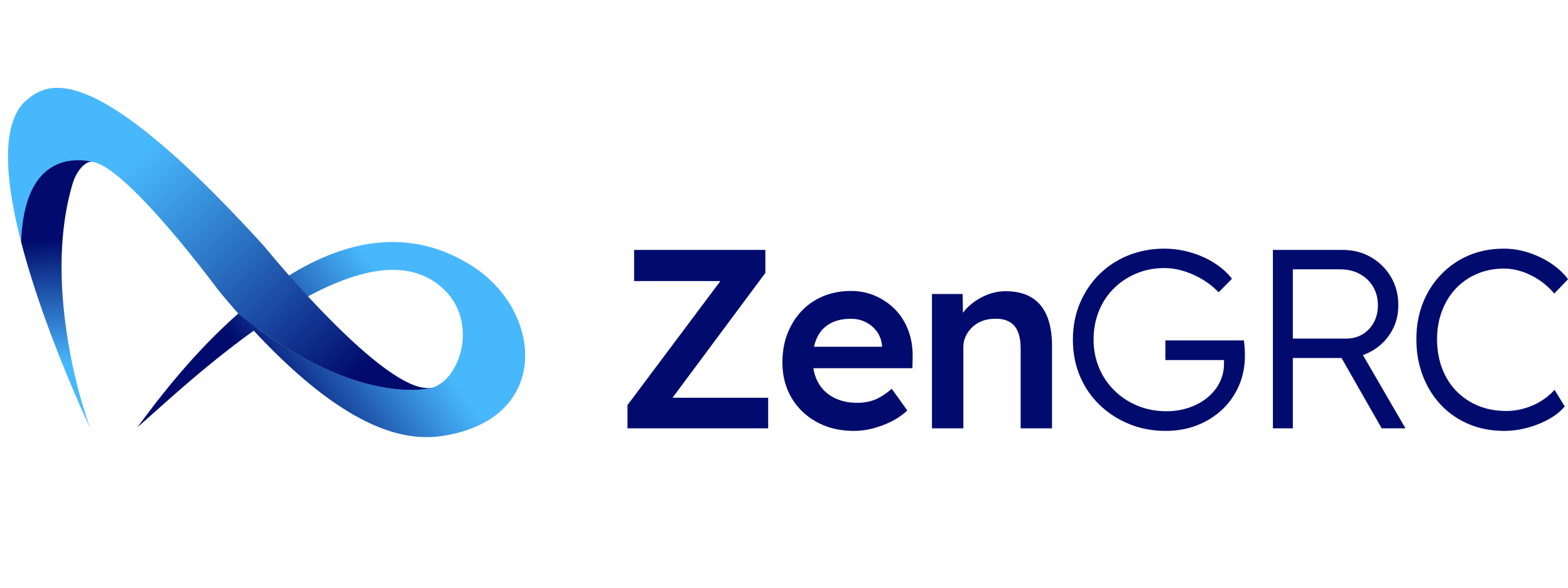
The Defense Department’s Cybersecurity Maturity Model Certification (CMMC) program has entered a crucial new phase with the publication of the CMMC Final Rule in October 2024 and its upcoming implementation on December 16, 2024. These changes bring both simplification and new challenges for defense contractors and subcontractors. Whether you’re a supplier or a major defense contractor, understanding and preparing for these changes is crucial for maintaining your ability to bid and win DoD contracts. What are the major changes in CMMC 2.0 that defense contractors need to understand? Let’s examine these changes and what they mean for your organization.
Major Changes in CMMC 2.0
Simplified Level Structure
The most immediately obvious change in CMMC 2.0 is the streamlined level structure. The DoD has simplified the original five-level model to three levels, each aligned with recognized standards and real-world cybersecurity threats. This change reflects a more practical approach to securing the defense industrial base while reducing complexity for contractors.
Level 1: Now requires only 17 basic cybersecurity practices, focusing on essential cyber hygiene. This level applies to companies handling Federal Contract Information (FCI) but not Controlled Unclassified Information (CUI). The reduced requirements make compliance more achievable for smaller contractors while maintaining necessary security standards.
Level 2: Maps directly to the 110 security requirements detailed in NIST SP 800-171. This level applies to companies handling CUI and represents the core of the CMMC program. The alignment with NIST standards provides clarity and allows companies to leverage existing compliance efforts.
Level 3: Reserved for contractors working with the most critical defense programs, this level adds additional requirements from NIST SP 800-172. While fewer companies will need this certification, understanding its requirements is crucial for those handling the most sensitive unclassified information.
Assessment Requirements
CMMC 2.0 transforms the assessment landscape with a more flexible, risk-based approach. The new assessment framework prioritizes critical defense programs while providing cost-effective options for companies working on less sensitive contracts. Understanding these assessment requirements is crucial for planning your compliance journey.
| Level 1 | Organizations must conduct annual self-assessments, documenting results in SPRS annually. This streamlined process reduces costs while maintaining accountability. | Annual self-assessment affirmation required with submission to SPRS. |
| Level 2 | The assessment nature and frequency are based on criticality. Non-critical programs may self-assess, while critical programs require C3PAO certification every three years with comprehensive evidence collection. | Annual self-assessment affirmation required, regardless of whether third-party assessment is required. Must maintain current SPRS score. |
| Level 3 | Requires rigorous government-led assessments with direct DoD oversight. Organizations must demonstrate extensive evidence preparation and regular program reviews to maintain certification. | Annual self-assessment affirmation is required in addition to government assessment requirements. Must maintain current SPRS score and evidence of continuous monitoring. |
Assessment criteria by criticality and level allows organizations to take a targeted approach to compliance, focusing resources where they matter most. Notably, the focus of assessments has shifted to building a sustainable security program that protects critical defense information while enabling business objectives.
Preparing Your Organization
The path to compliance begins with understanding your organization’s current posture and requirements. A systematic approach will help you navigate the certification process effectively. Here’s a comprehensive checklist to guide your CMMC 2.0 preparation:
CMMC 2.0 Preparation Checklist:
- Determine Your CMMC Level: Review your current and planned DoD contracts while consulting with contracting officers to identify your required certification level based on information handling requirements.
- Assess Current State: Document your existing security controls, policies, and procedures to identify gaps between your current posture and CMMC requirements.
- Plan Implementation: Create a detailed project timeline focusing on core security controls including access management systems, network segmentation, and security monitoring capabilities. Establish clear security boundaries around critical assets while planning for efficient operations.
- Build Documentation: Develop security policies and procedures that reflect your actual practices, including comprehensive system security plans and change management processes that allow your organization to evolve securely.
- Prepare for Assessment: Conduct internal pre-assessment activities while gathering evidence and training staff before scheduling your official CMMC assessment.
Creating a Sustainable Program
Successful CMMC 2.0 implementation requires establishing sustainable, repeatable processes. Rather than static documentation, maintain living policies and procedures that evolve with your program. Regular reviews and updates ensure your documentation serves as a practical guide while meeting compliance requirements.
Continuous monitoring provides visibility into your security posture through meaningful metrics and automated tools. This ongoing oversight helps identify potential issues before they become problems while supporting business growth and evolution.
Navigating Common Challenges
Resource constraints often present the biggest hurdle in CMMC implementation. Address this through careful prioritization and scalable solutions, developing phased approaches based on risk priority. When technical expertise is limited, consider engaging managed service providers while building internal capabilities.
Supply chain management requires coordinated effort across your organization and partners. Establish clear communication channels about security requirements and maintain comprehensive documentation of these relationships. Understanding data flows through your supply chain helps develop effective incident response plans that protect your entire ecosystem.
Simplifying Compliance with ZenGRC
While CMMC 2.0 streamlines certification requirements, managing compliance remains complex. Organizations face challenges with resource constraints, technical complexity, and extensive documentation requirements. Manual tracking through spreadsheets often proves inadequate for maintaining the comprehensive oversight needed for CMMC compliance.
ZenGRC transforms this challenge into a manageable program through its unified approach to compliance management. The platform provides centralized documentation management, granular access control by role, and automated control tracking—essential features for navigating the complexities of CMMC 2.0. While the compliance process is complex, proper tools and expert guidance can save your organization significant time and resources. Through its integrated dashboard, organizations can efficiently manage documentation, track progress, and maintain ongoing compliance with confidence.
Are you ready to begin your CMMC 2.0 compliance journey? Learn how ZenGRC can help you navigate certification requirements and maintain ongoing compliance. Request a demo today to see our comprehensive GRC software in action.
